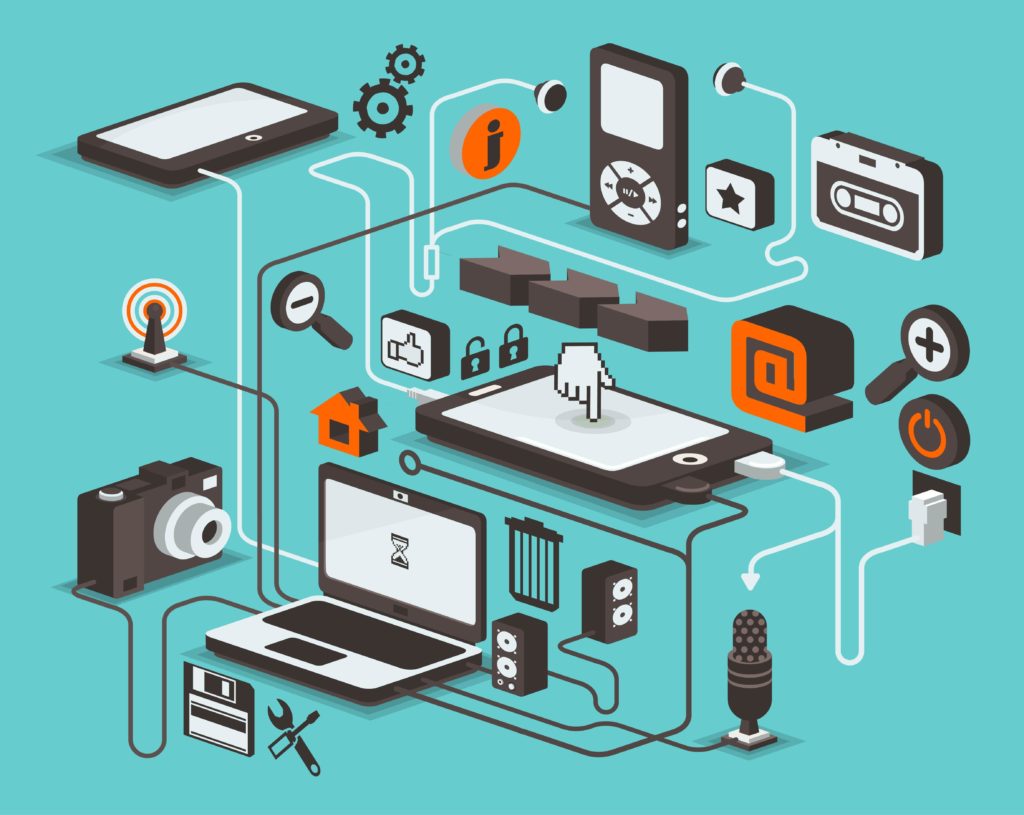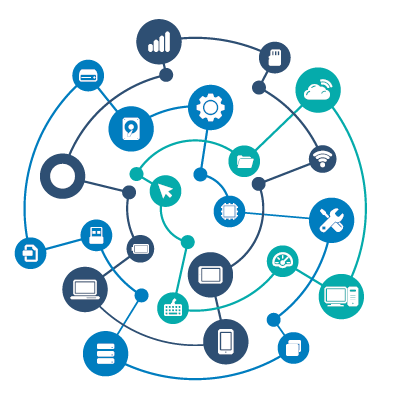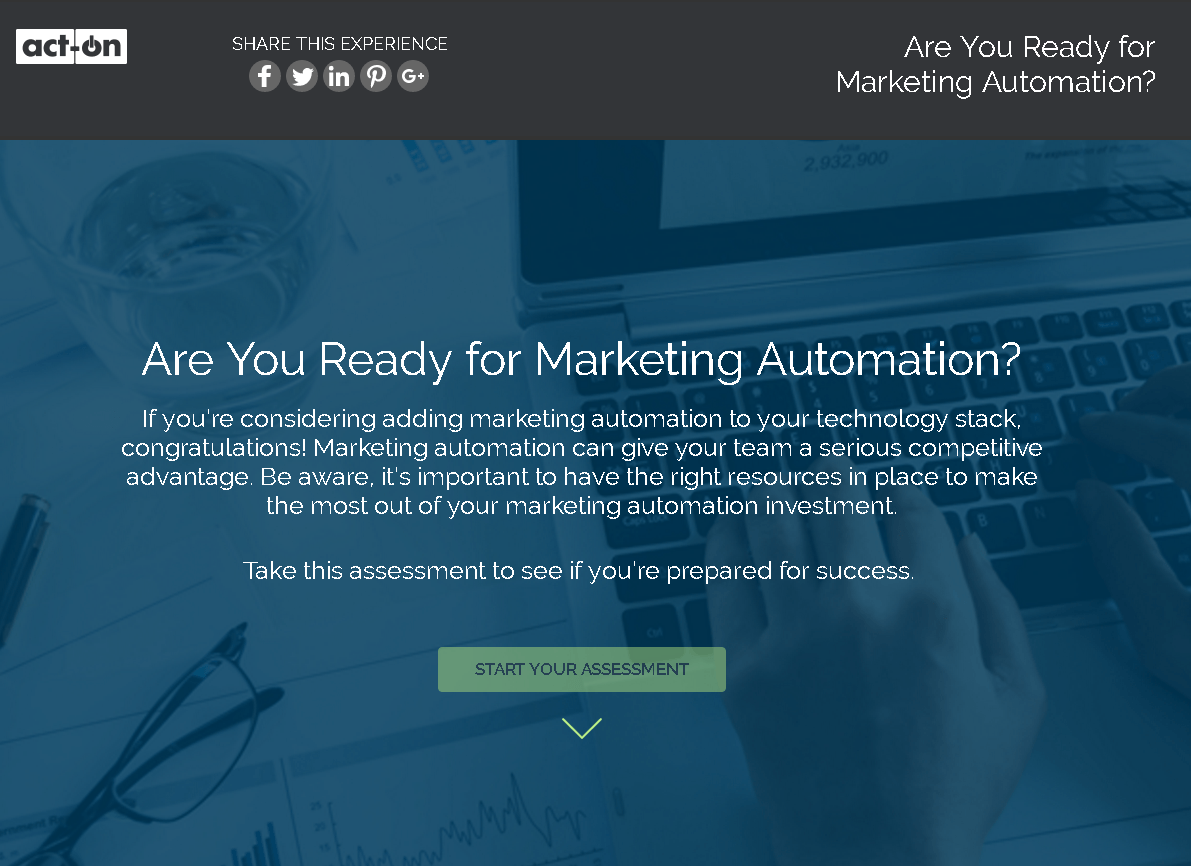 Most of us can’t resist the newest, shiniest gadget on the market. After all, do any of us really need a new Apple Watch or a talking meat thermometer? (Of course, “need” is a pretty subjective idea here, since I’m sure that at least some of you said “Yes, I absolutely need both of those things.”) If it’s new, and it’s cool, and everyone else has one, why not take the plunge? Well, there are several reasons, and throwing away money is only one of them.
Most of us can’t resist the newest, shiniest gadget on the market. After all, do any of us really need a new Apple Watch or a talking meat thermometer? (Of course, “need” is a pretty subjective idea here, since I’m sure that at least some of you said “Yes, I absolutely need both of those things.”) If it’s new, and it’s cool, and everyone else has one, why not take the plunge? Well, there are several reasons, and throwing away money is only one of them.
It’s just the same in your business life. The idea that a software platform or tool can solve all of your problems is an alluring one, but it’s also not realistic. Of course, the right tool absolutely can help you. But that’s the key – it needs to be the right tool. And in order to figure out which solution is the best fit for you and your business, you need to start by determining what the underlying issue is that you’re trying to solve.
Are you missing too many critical emails when you’re away from your computer or phone? Maybe you do need an iWatch. Burned too many briskets? Okay, get yourself the meat thermometer. What about marketing technology? It’s not that simple.
Since you’re reading this blog, you probably already know what marketing automation is and what it does. (If not, here’s a really good place to learn more.) But with so many marketing technology vendors and products available in the industry today, gaining an in-depth understanding of these tools, what they do, the value they offer and how they differ can be difficult — much less applying them to your everyday business processes.
And besides, every path to marketing automation is different. Maybe you’ve been sending one-off email marketing messages and you’ve decided it’s time to put a few programs on autopilot to reduce your manual workload. Or perhaps you’re hoping to personalize offers based on behavior, and you’d like an easy way to track where your prospects go – and what they look for – on your website. Or you’d love to be able to manage and score leads so you can give sales the hot prospects, while marketing keeps and warms up the rest.
 Whatever problem you are trying to solve with technology, it’s important to understand exactly what you need to do and to determine how ready your organization really is for marketing automation before you begin to shop for a solution. That’s why Act-On recently teamed up with Demand Gen Report to create Marketing Tech 101, a guide to understanding and applying emerging technologies that’s designed to help B2B marketers understand the complex marketing technology landscape and optimize your technology investments.
Whatever problem you are trying to solve with technology, it’s important to understand exactly what you need to do and to determine how ready your organization really is for marketing automation before you begin to shop for a solution. That’s why Act-On recently teamed up with Demand Gen Report to create Marketing Tech 101, a guide to understanding and applying emerging technologies that’s designed to help B2B marketers understand the complex marketing technology landscape and optimize your technology investments.
So before you dive in, you might want to consider some of things a marketing automation platform (MAP) can do for you, including the following operations:
- Automate and accelerate email marketing: Easily create and manage email, optimize when you send it, create segments with targeted, dynamic messages, and track responses such as opens and clickthrough rates.
- Capture lead information with forms: Create and manage the registration forms that collect information (and sometimes, augment it) from your buyers.
- Create a marketing database: Manage leads and contacts, and develop a complete record of when and how you have interacted with each lead over time. (Sales can find plenty of useful information here, too.)
- Track online behavior: Monitor online behavior to find out about a potential buyer’s interests, preferences, and readiness to buy. Use that information to deliver targeted offers and messages.
- Manage and optimize campaigns: Automate marketing programs that send multiple messages – through different channels – and make sure they adapt based on when and how buyers respond.
- Score and manage leads: Build models that assign points based on certain behaviors and spot hot leads faster so they can be passed to sales.
- See your results: Analytics will tell you which campaigns and which channels deliver, and which don’t.
All of these features sound like fantastic ways to find new prospects, build up the number of leads in the sales pipeline, and make more sales. And it’s true, they are, but many marketers make the mistake of wanting to do everything, right away, rather than starting small and building up over time. The urge to buy the most powerful technology on the market can be hard to resist, but B2B marketers that try to run before they can walk may undermine their ability to justify these investments.
 Fortunately, there’s a clear path any marketer can walk to select the right MAP solution and to ensure they get value for their investment. Start by figuring out whether your organization is ready for marketing automation by asking the following questions:
Fortunately, there’s a clear path any marketer can walk to select the right MAP solution and to ensure they get value for their investment. Start by figuring out whether your organization is ready for marketing automation by asking the following questions:
- Have you outgrown your existing email marketing solution? This is the way a lot of marketers find their way to adopting a MAP. If you have specific needs or challenges that your current email marketing solution can’t satisfy, then it’s a safe bet you’re ready to make the jump. And you’ll probably land there pretty much ready to go, with an established process you can implement right away, then build on.
- Is your sales process complex and lengthy? This is an area where marketing automation solutions really shine. When your buyers require multiple touches (often over an extended period of time) to prepare them for a sales conversation, you need a way to automate the process, or you’ll be limited to just what you can do manually. (And good luck tracking a multi-touch program without automation.)
- Do your buyers require nurturing? Lead nurturing – the process of engaging and building relationships with prospects that aren’t yet ready to buy – can be an incredibly complex and time-consuming process for a B2B marketing team. A marketing automation solution can turn this task from nearly impossible to relatively simple. And according to Demand Gen Report, nurtured leads produce, on average, a 20% increase in sales opportunities versus non-nurtured leads.
- Does your marketing team make data-driven decisions? A MAP solution works best when marketers feed it actionable buyer data, and when they are prepared to apply the data-driven insights a MAP can provide. The right solution can also help you continually fine-tune your approach by providing reporting on what worked and what didn’t.
- Have you considered the processes that support marketing automation? A MAP solution depends on your ability to perform process-focused tasks, such as creating content-development workflows and aligning with sales so you can identify and pass along qualified leads.
You may find that the first three of these questions are pretty straightforward, but the last two — dealing with data and process issues — deserve a closer look. So if you’re thinking about adopting marketing automation platform and you want to make sure you give yourself and your business the best chance of success, be sure to read the Marketing Tech 101 guide. You’ll learn how to get your arms around data-driven marketing, get tips for putting the right processes in place to support your marketing technology plans, learn what it takes to identify your analytics and reporting needs, and much more – including the importance of technology integration.
Want a quick take on whether you’re ready for a full-fledged marketing automation system or not? Take our (short!) fun quiz and get the answers you’re looking for.

